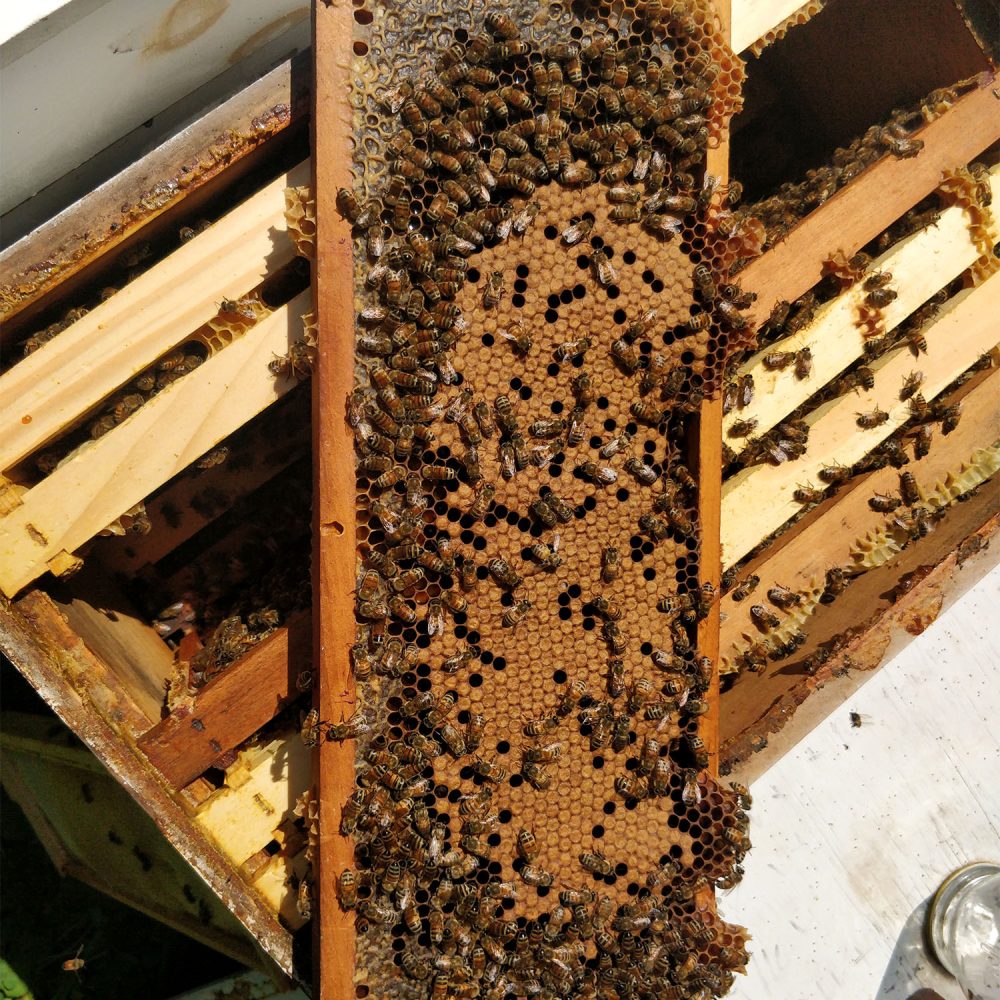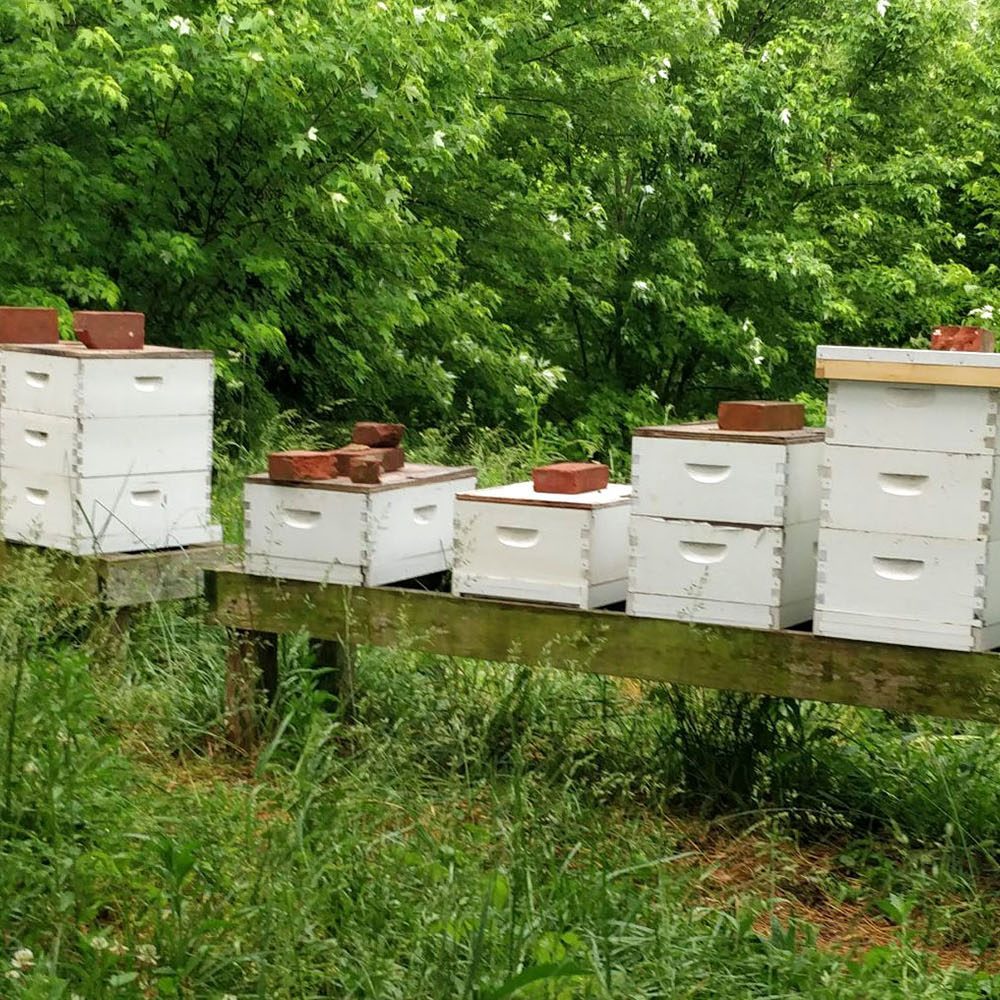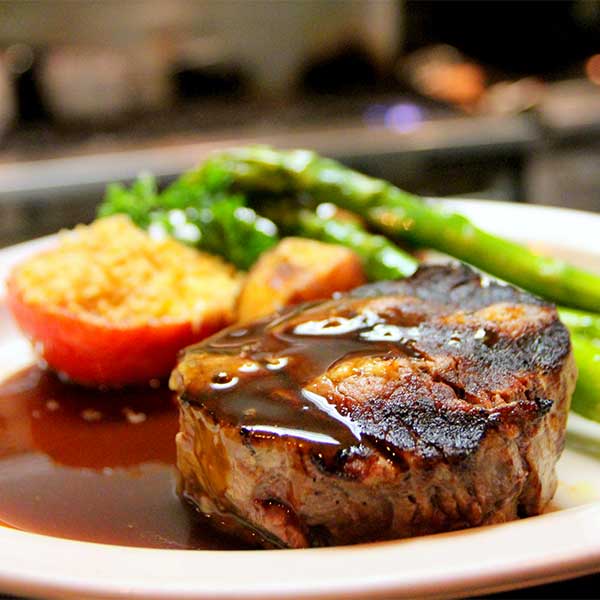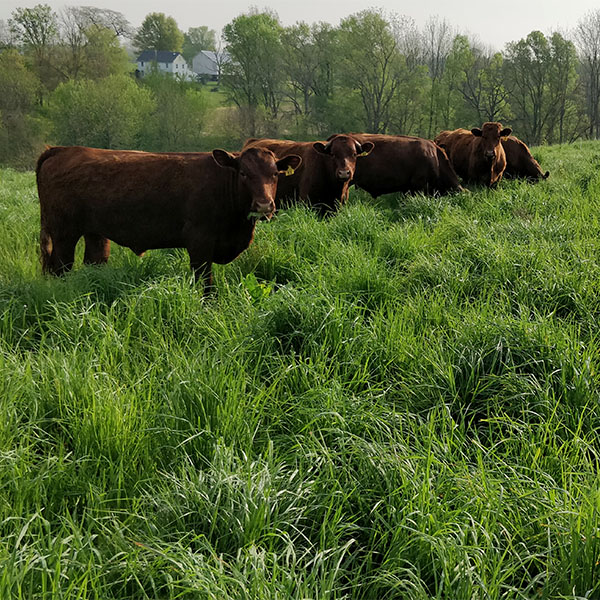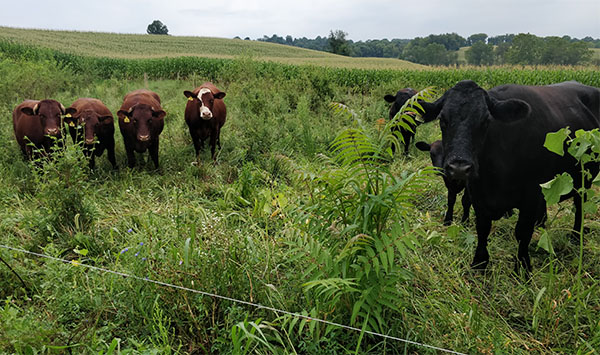I recently answered a few spring beekeeping questions from a friend, and I thought I’d share them here for others who might be wondering the same things. These are based on what I’m doing right now in my own apiary.
Should I be feeding sugar water right now?
If your bees don’t have enough stored honey to make it to the dandelion bloom, it’s a good idea to feed them so they don’t starve and die. I’m currently (March 29th) feeding any hive that has very little stored honey and is in danger of starving out, but the dandelion bloom will start shortly.
I use a 1:1 sugar water mix and trickle feed it. My rule of thumb for liquid feeding is this: daytime temperatures should be over 50°F and nighttime temperatures should stay above 32°F.
When do you do oxalic acid vapor (OAV) treatments?
OAV can be done any time of year, but the most effective time is in late fall or early winter, when the bees are broodless. That’s because oxalic acid only kills mites on adult bees—not those hiding under brood cappings.
I did my first 2025 treatment just yesterday. If you treat during times when brood is present, plan to do multiple rounds—about once every 5 days for 3–5 treatments—to catch mites as they emerge.
It’s also helpful to treat on milder days. If bees are tightly clustered in the cold, the vapor doesn’t spread as well. Ideally, treat when temps are around 50°F or warmer, or at least on a warmer-than-average day.
What do you do to prevent swarming?
I use a few different strategies:
- Equalizing hives: I aim for a target number of brood frames depending on the date. For example, right now (March 29th) I’m targeting seven medium frames of brood. During inspections, if a hive has more brood than my schedule calls for, I move the extra frames to hives that are behind.
- Splitting hives: Splitting is one of the best ways to prevent swarming. It’s essentially an artificial swarm—I remove the queen along with some brood and honey frames, and place them in a new hive (either nearby or in a new location). I then give the original hive one or two queen cells to raise a new queen. If you don’t have any cells, let the bees build their own.
- Adding space: I stay ahead of the bees by adding another box before they get overcrowded. Giving them room to grow helps reduce swarming pressure.
When do you add supers?
This is something you learn to get a feel for over time. The key is to add a box when the bees need more space.
I base that decision on a few things:
- How full the current box is with bees
- How much brood is about to hatch
- Whether there’s enough open comb for storing nectar, pollen, and for the queen to lay
If a box is jam-packed with bees and has little empty space, it’s time to add another box.
